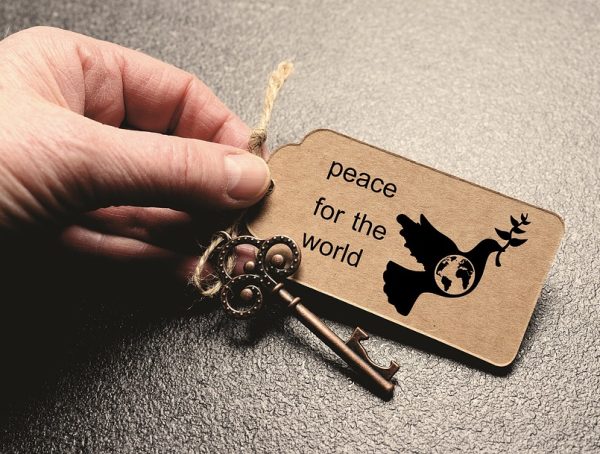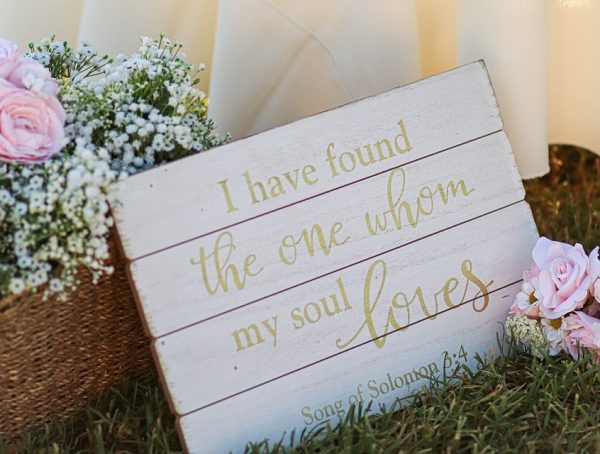Peace Symbols Across Religions: A Comparative Study
Throughout history, the quest for peace has been a universal pursuit across various cultures and religions. Each tradition has created its own unique symbols to express the quest for harmony, unity, and tranquility. This article explores some of the most significant peace symbols found in different religions, highlighting their meanings and offering actionable steps for readers to promote peace in their communities.
The Dove: A Universal Symbol of Peace
One of the most recognized symbols of peace is the dove, often depicted carrying an olive branch. In Christianity, the dove appears in the story of Noah’s Ark, where it signifies the end of God’s wrath and the beginning of a new covenant. In many cultures, the dove represents purity and hope, making it a fitting symbol for peace.
Action Steps:
- Embrace Simplicity: The dove reminds us that peace can be found in simplicity. Focus on what brings you joy and harmony in your daily life.
- Community Outreach: Participate in or organize community events that promote kindness and unity, such as food drives or clean-up days.
The Olive Branch: An Ancient Emblem of Peace
The olive branch is another powerful symbol of peace, deeply rooted in ancient Greek mythology and the Jewish tradition. In the Book of Genesis, a dove brings back an olive leaf to Noah, indicating that the floodwaters have receded. This act symbolizes hope and divine reconciliation.
Action Steps:
- Practice Forgiveness: Extend an olive branch in your life by reconciling with someone you may have had a disagreement with. Initiate a conversation to clear the air.
- Nature and Sustainability: Plant an olive tree or start an urban garden to symbolize peace and growth within your community.
The Lotus Flower: Peace and Enlightenment in Buddhism
In Buddhism, the lotus flower embodies purity and spiritual awakening. It rises from murky waters to bloom in the sunlight, symbolizing the journey towards enlightenment. The lotus reminds followers that inner peace can emerge from challenging circumstances.
Action Steps:
- Mindfulness Practice: Engage in daily meditation or mindfulness exercises to cultivate your inner peace. Consider focusing on breath awareness or loving-kindness meditation.
- Volunteer: Share your skills with those in need or support local charity organizations to help others rise above their struggles.
The Yin-Yang: Harmony in Duality
In Taoism, the yin-yang symbol represents the balance of opposites. It emphasizes that peace arises from understanding and embracing dualities, such as light and dark, good and evil. This philosophy reflects the need for harmony in life and the interconnectedness of all things.
Action Steps:
- Self-Reflection: Take time to evaluate your own dualities—embrace both your strengths and weaknesses. This self-awareness can lead to greater peace and acceptance.
- Balance Your Life: Strive for balance in your daily activities. Incorporate moments of relaxation amidst your busy schedule to maintain inner peace.
The Khanda: Sikhism’s Emblem of Peace
In Sikhism, the Khanda symbolizes divine knowledge, military prowess, and the pursuit of peace. The central emblem features a double-edged sword that represents the separation of the spiritual and the temporal realm, while the circular emblem symbolizes the oneness of God.
Action Steps:
- Seek Knowledge: Take time to learn about other cultures and beliefs. Understanding different perspectives can foster peace and tolerance.
- Engage in Community Service: Volunteer at a local gurdwara (Sikh temple) or other places of worship to foster interfaith dialogue and community service.
The Peace Sign: A Modern Symbol of Unity
Originally developed in the 1950s for the nuclear disarmament movement, the peace sign has transcended its origins to become a global icon for peace. It represents the interconnectedness of humanity and the desire for a world free from violence.
Action Steps:
- Identify Your Values: Reflect on what peace means to you personally. Write down your thoughts and values, which can guide your journey towards a peaceful life.
- Advocate for Peace: Use social media platforms to share messages, artwork, and personal stories that promote peace and unity in diverse communities.
Conclusion
As we explore these peace symbols across different religions, we recognize that our pursuit of peace is a universal endeavor. Whether through the dove and the olive branch or the lotus flower and the yin-yang, these symbols remind us that peace is attainable through compassion, understanding, and unity.
By taking actionable steps in our everyday lives, we can contribute to a more peaceful world. Whether it is through personal reflection, community engagement, or fostering understanding, each of our efforts counts.
Inspirational Reminder
"Peace comes from within. Do not seek it without." – Buddha
If you enjoyed this content and want more insights into building a more harmonious world, follow Kevin Steineman on Instagram @KSteineman! Let’s continue the journey of understanding and peace together.
You might also like
More from Mindfulness
Where Peace Resides: Nature Quotes for Stillness
Where Peace Resides: Nature Quotes for Stillness In a world of incessant noise and relentless activity, finding moments of tranquility can …
A Collection of 35 Short Peace Quotes for Everyday Life
A Collection of 35 Short Peace Quotes for Everyday Life In the hustle and bustle of modern life, it’s easy to …
30 Short Quotes That Will Bring You Inner Peace
30 Short Quotes That Will Bring You Inner Peace In the hustle and bustle of everyday life, finding inner peace can …


































